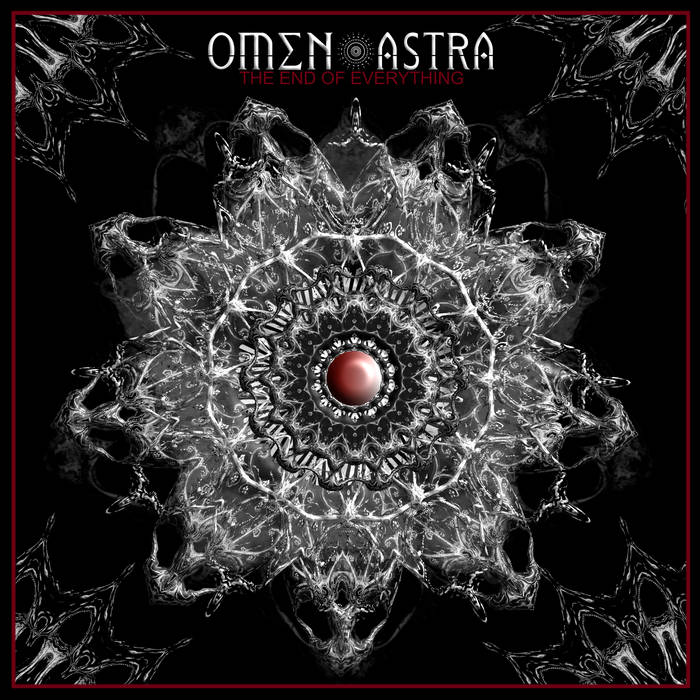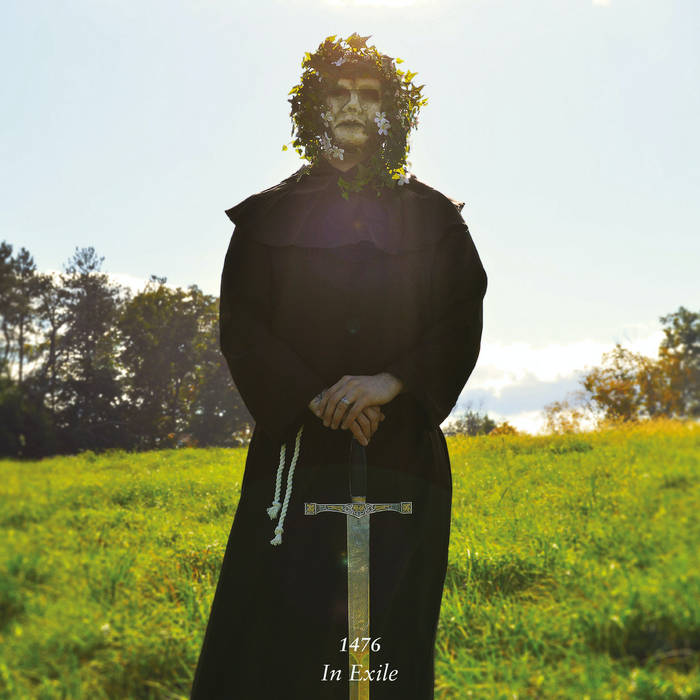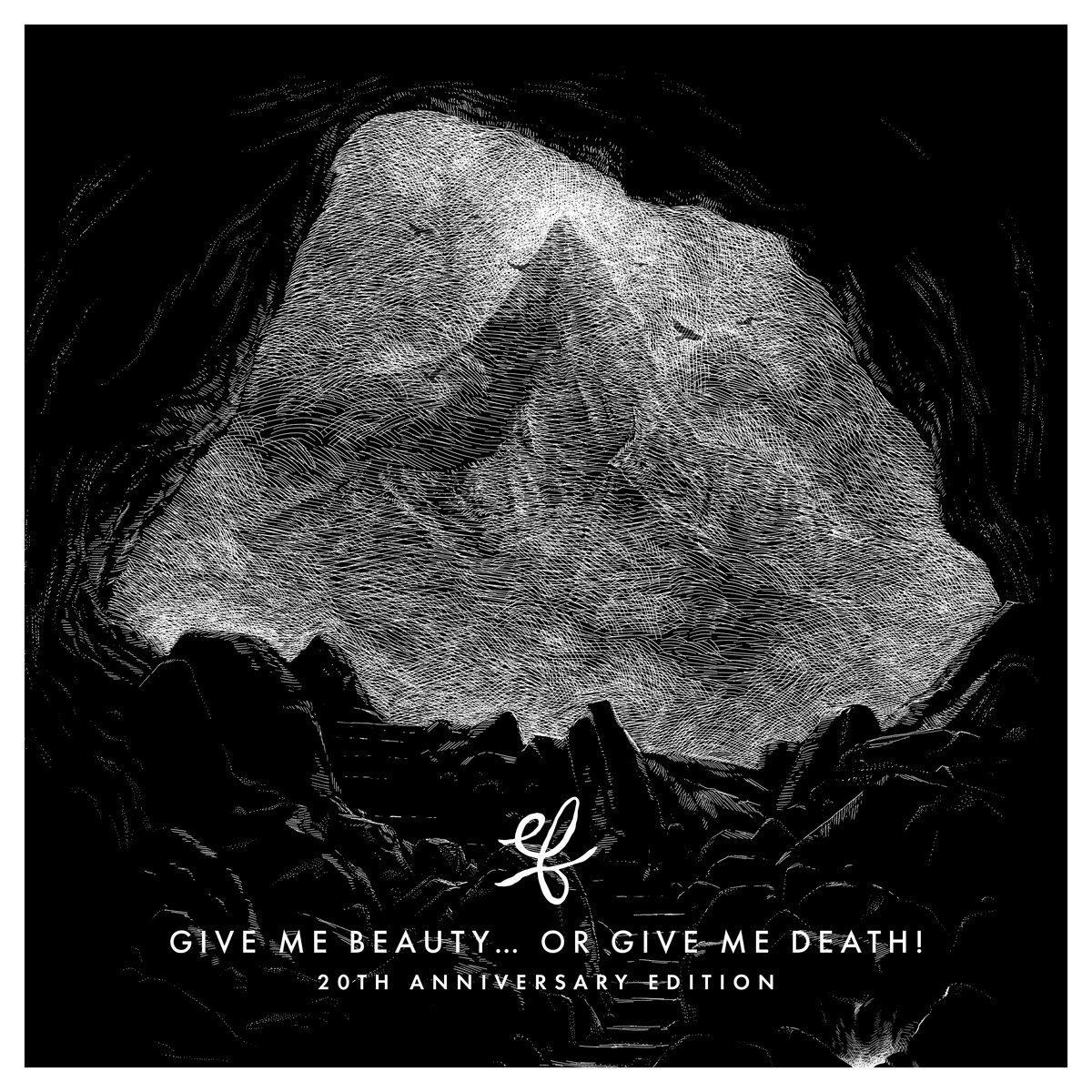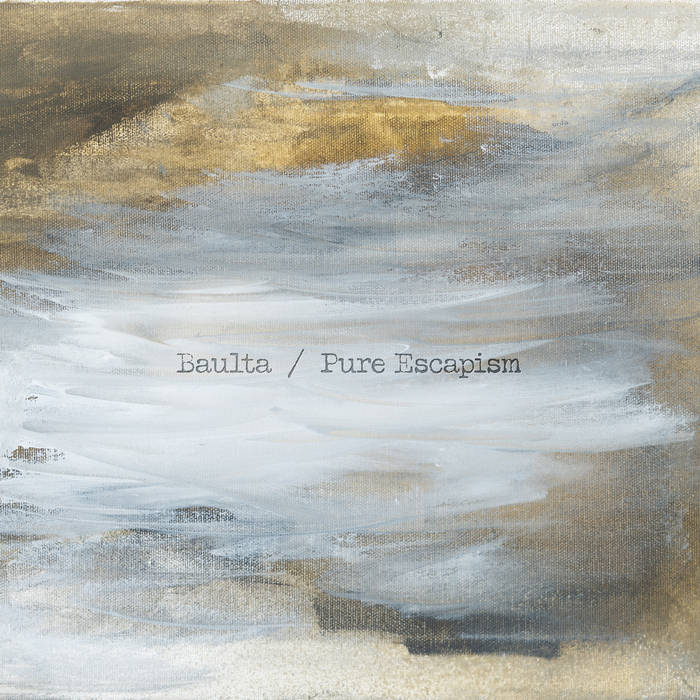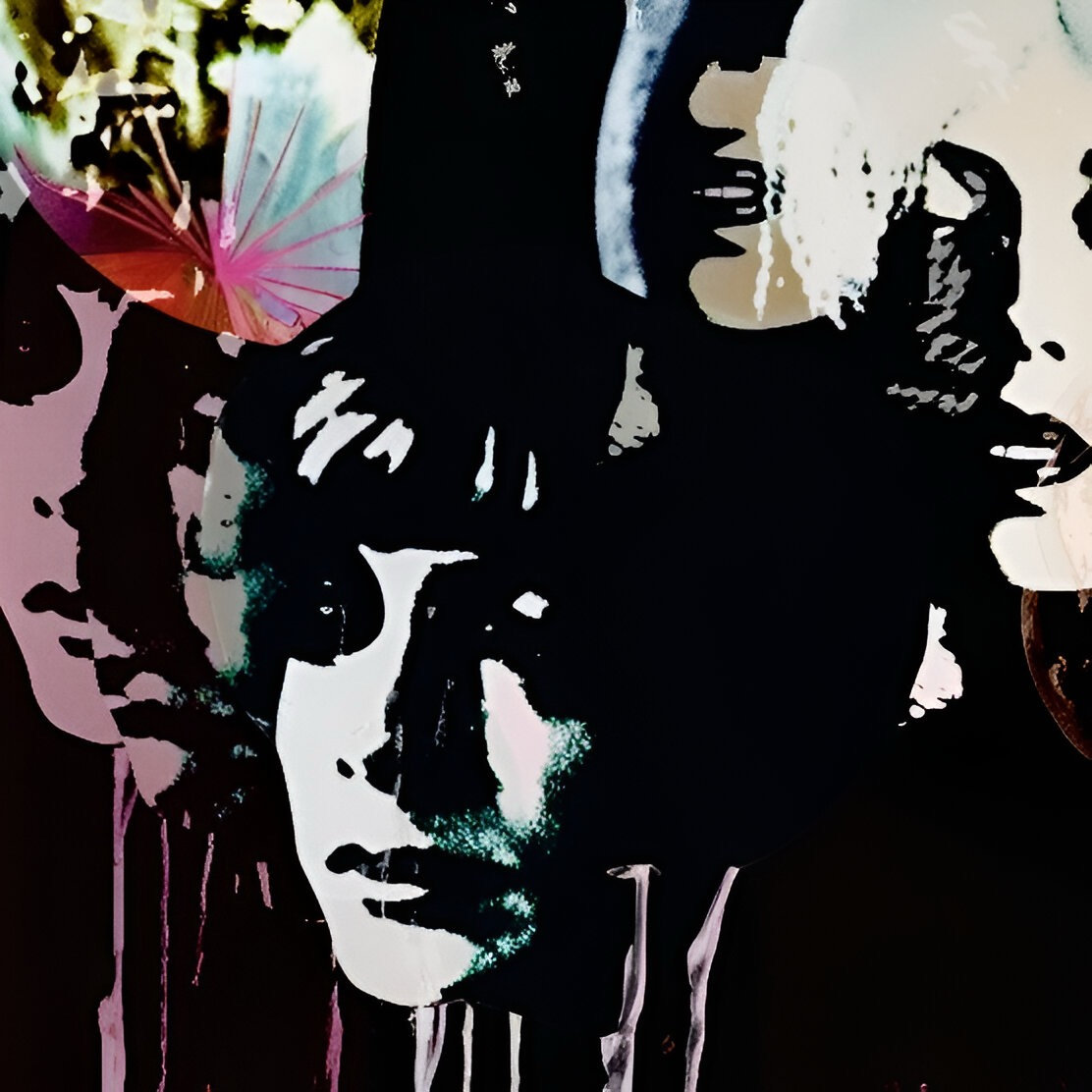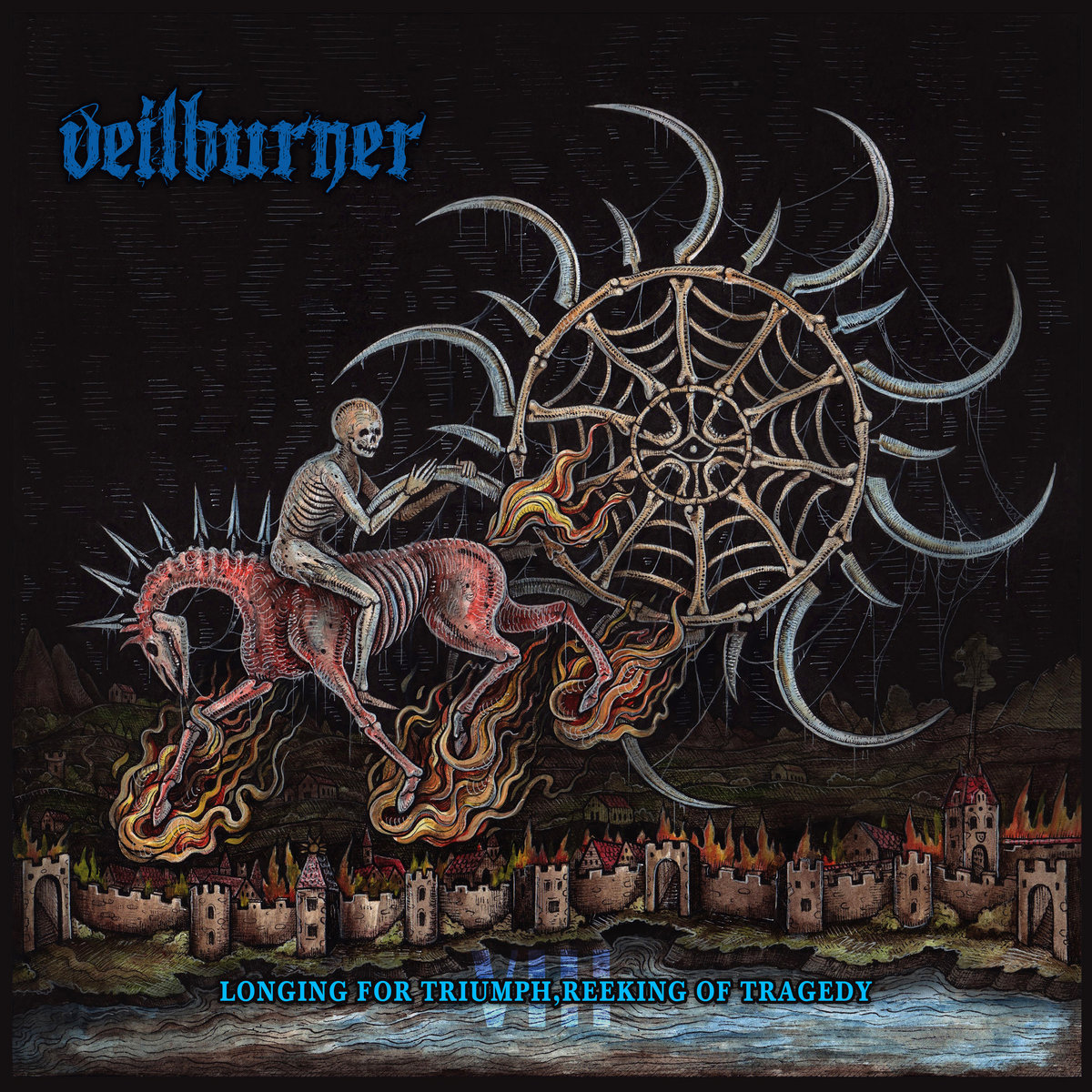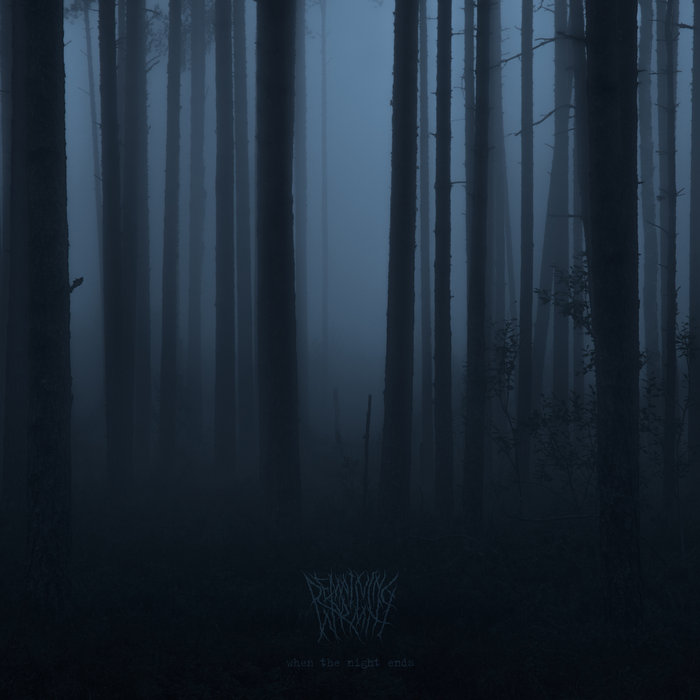As if any of you Post-Rock nerds out there had been waiting for a new lullaby – no one has, ay? But that is one of the perfect uses of the new The Glass Pavilion record Celestograph among many others. One of them is the “missus”-test which means if I can play it to my wife and she does not automatically throw me “the looks”. Many others might be dropped here but maybe this paragraph should end on the following note: Ash has outdone himself with this one!
Ashley Owens, the solo-mind behind The Glass Pavilion is a very nice guy who always keeps us here at VoS informed about his projects and especially this one, which deserves much more attention – so if you really want to be a Post-Rock connoisseur and haven’t listened to any of the three TGP records: Change that asap please. And if you do not care about chronology, then start with this one here, because it shows what this project is all about.
This is Post-Rock but painted with the brightest palate, the most gentle strokes and the warmest tones, pure eruption of Trees-shaking-Explosions-amidst-Circles-of-Non-Stereo-characteristics will not be found here. This is a very lush, laid-back and light version with some synth-droplets providing contrasts, a trumpet adding depth and a songwriting which starts from a more Ambient point of view if you will. When thinking about trying to explain it I landed on a non-genre-intrinsic comparison: If this were a Shoegaze record, we’d have to agree that it’s much Ride (or Slowdive) than My Bloody Valentine (or A Place to Bury Strangers).
He also found an idea which he perfectly transferred into music and here you have to follow me on a short historical journey: One of the brightest stars in Early-Modernist-European literature was surely Swedish Renaissance man Johan August Strindberg, who not succeeded as one of the most important writers of the 19th century but who also know loads about photography and painting, many of his modernist paintings show a talented man who might also have become rich and famous this way. During the later half of the 19th century he also experimented with photography and among these trial-and-error-procedures he came up with the idea of camera-less depictions of the nightly heavens. He created photograms (yes, grams!) with emulsion laid out under the night sky and which then gave some kind of image of the heavens by oxidation or corrosion. He called these pretty shapeless yet highly interesting images “Celestographs” and thus is where Ashley found the title for this record.
How did he transfer Strindberg’s idea? By employing vast spaces (aka the basis) onto which he adds swaying elements (vibraphone dots, guitar plings and plucks, short drum patterns) which seem to “personify” the ominous shapes within the emulsion. When looking at one of Strindberg’s “Celestrographs” you also see these vast spaces with little, tiny dots here and there, shapes you cannot discern clearly, streaks of unknown natures but by and large the whole picture makes sense and seems to inch closer to one’s heart every time you look at it. Owens’ music does the same: Every time you listen to it, you might find a tiny new detail you hadn’t noticed before, but the effect is most important: It purveys warmth because of the openness and it defines shapes not as singularities but as elements of the grander scheme of things.
Therefore it also makes sense that you will not find these eruptive singularities but rather masses of sound moving in unison back and forth, becoming louder and quieter. The whole record should be seen as one giant movement or suite (simply chaptered for your listening pleasure) and even when the record becomes a bit louder (sometimes even bordering on Doomjazz) during the last two tracks, these increases in volume are done as a whole not as one instrument taking center-stage.
The simplicity and ease with which all of that is done here on this record shows how good of a songwriter Ashley has become over the years and that indirectly means that no one should miss out on this record, because it seems as if there is only one way for the guy: to the stars with his warm lullabies.


